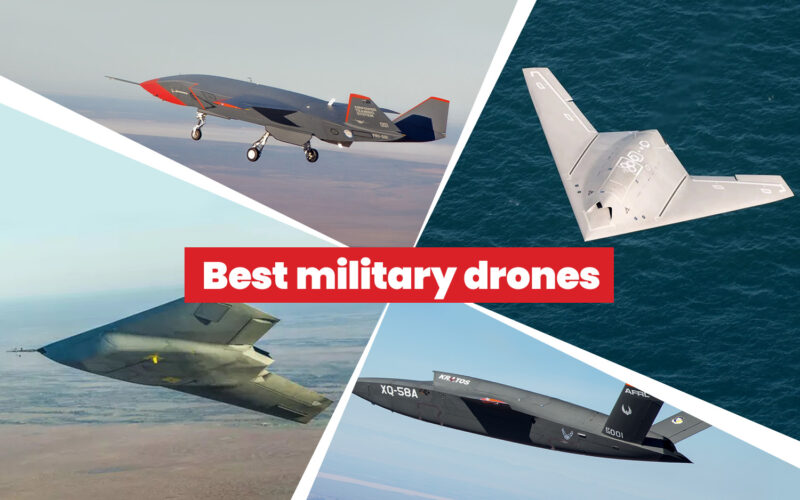Unmanned combat aerial vehicles (UCAVs) are revolutionizing the battlefield. The world’s best military drones have brought capabilities in precision strikes, reconnaissance and surveillance that would never have been possible in the past, all without any risk to human operators.
Once considered a niche tool, drones are now an essential asset in any military arsenal. The demand for fast, lethal, and autonomous platforms has never been higher than it is today, and some of the best military drones are being ordered in their dozens.
Whether it’s the battle-hardened MQ-9 Reaper, the cost-effective and deadly Bayraktar TB2, or the emerging platforms from China and Russia, the best military drones are reshaping the future of aerial warfare. Let’s dive into the cutting-edge technology behind the most dominant UCAVs in service today.
The top 5 best military drones in 2025
| Rank | Drone | Origin | Highlight |
| 1 | General Atomics MQ-9 Reaper | US | Long range, high payload, widely proven |
| 2 | Bayraktar TB2 | Turkey | Cost-effective, battle-proven |
| 3 | TAI Anka | Turkey | NATO compatible, multi-mission |
| 4 | CAIG Wing Loong II | China | Affordable yet powerful |
| 5 | Kronshtadt Orion | Russia | First homegrown Russian MALE drone |
Stay with us as we take a closer look at each of these combat drones and what their capabilities are.
1. General Atomics MQ-9 Reaper
Why it’s one of the best military drones: The most advanced and combat-proven UCAV
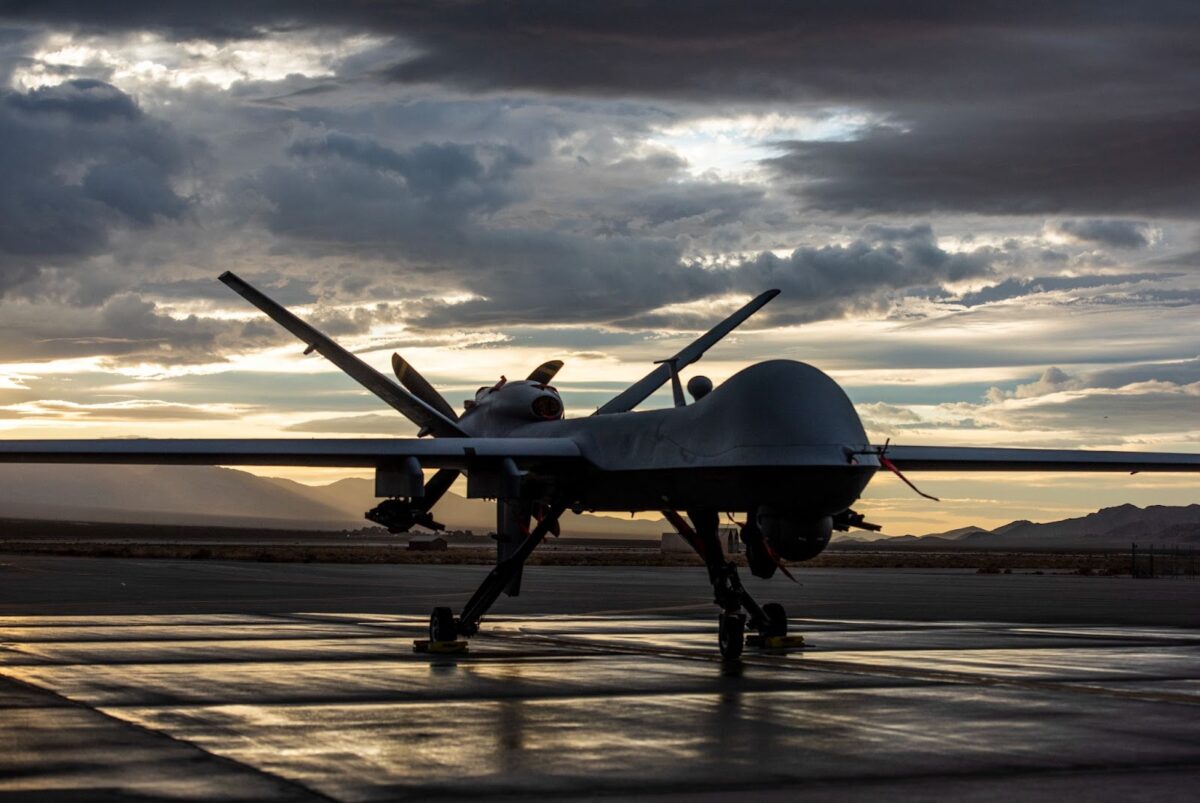
| Role | Long endurance strike, surveillance, and reconnaissance |
| Payload | ~1,700 kg (Hellfire missiles, JDAMs, GBU-12 Paveway bombs) |
| Combat use | Extensively used in Afghanistan, Iraq, Syria, Yemen, and Somalia |
| Cost | $30 – $40 million per unit |
The MQ-9 Reaper is the gold standard in combat drones. It’s well known for its versatility, endurance and heavy weapons loadout, and has proven itself in combat many times. Designed as a successor to the MQ-1 Predator, it’s a crucial asset for the US and allied militaries around the world.
Developed by General Atomics in the early 2000s, the MQ-9 took its first flight in 2001 and entered service with the US Air Force in 2007. Since then, it has been continually upgraded with better sensors, AI-assisted autonomy and enhanced capabilities.
The key attributes that make this one of the best military drones in the world in 2025 include:
- Long endurance: The MQ-9 can fly up to 27 hours, giving it a range of more than 1,000 NM
- Massive payload: It can carry up to 1,700 kg (3,750 lbs) of weapons, including precision-guided bombs and missiles
- Multi-role capabilities: The MQ-9 is just as comfortable in an ISR (Intelligence, surveillance, reconnaissance) role as it is in providing close air support, precision strikes and conducting electronic warfare
- Advanced sensors and targeting: The MQ-9 uses synthetic aperture radar (SAR), electro-optical/infrared (EO/IR) cameras, and laser targeting
- Autonomous and networked: The drone can operate semi-autonomously and can be remotely piloted via satellite
- Proven in combat: The MQ-9 has been used in every major conflict zone since 2007
At present, the MQ-9 is operated by 10 nations and continues to attract interest from all over the world. The US is the largest operator with more than 300 in its fleet, but it has also been sold to foreign militaries including France, the UK, Italy, the Netherlands, Spain, India and more.
2. Bayraktar TB2
Why it’s one of the best military drones: Affordable, easy to deploy, and deadly
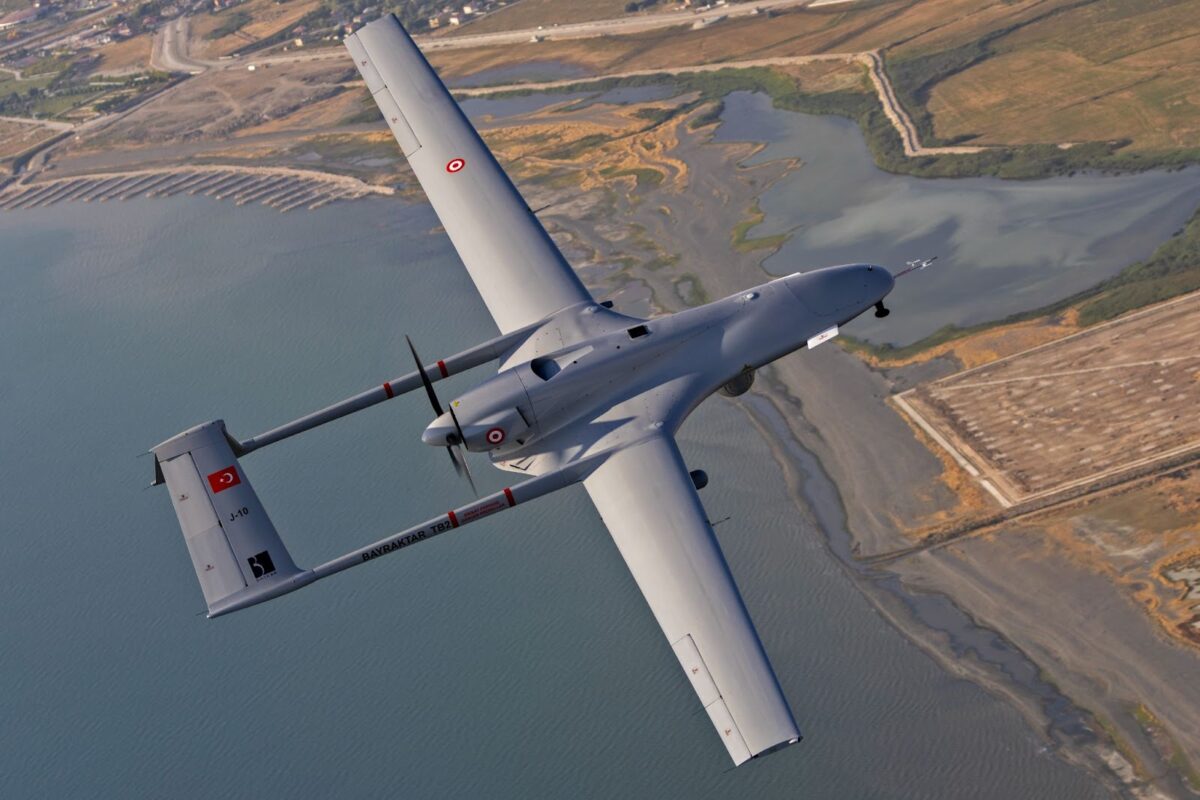
| Role | ISR (Intelligence, Surveillance, Reconnaissance) & Precision Strike |
| Payload | 150 kg (MAM-L, MAM-C guided munitions) |
| Combat use | Proven in Syria, Libya, Nagorno-Karabakh, Ukraine |
| Cost | $5 – $10 million per unit |
The Bayraktar TB2 is one of the most widely used military drones in modern warfare. Developed by Turkey’s Baykar Defense, it has revolutionized drone warfare by providing affordable, effective, and highly deployable airpower to nations lacking expensive Western UAVs.
The TB2 took its first flight in 2009 and entered service with the Turkish military in 2014. It has become recognized as one of the best military drones in the world thanks to its combat success in Syria, Libya, Nagorno-Karabakh, and Ukraine.
Some of the reasons the TB2 is one of the best military drones in the world in 2025 include:
- Low cost, high impact: The TB2 is an affordable combat drone that has proven itself as a crucial piece of kit for nations that would find the cost of the MQ-9 too expensive
- Easy operation and deployment: This drone can take off from simple airstrips and requires minimal maintenance to keep it flying
- Combat proven: Even against advanced militaries, the TB2 has stood its ground, defeating Russian air defenses, tanks and armored vehicles
- Constant upgrades: Like the MQ-9, the TB2 is constantly being upgraded to make it more effective and survivable
The TB2 is used extensively by its home nation of Turkey, but it has also played an important role in Ukraine’s Russia conflict. Azerbaijan, Qatar, Ethiopia and Libya have also operated TB2s, while Poland was the first NATO country to purchase the platform. Since its entry into service, the TB2 has logged over a million flight hours and more than 600 units have been produced.
3. TAI Anka
Why it’s one of the best military drones: More endurance and capability than the TB2
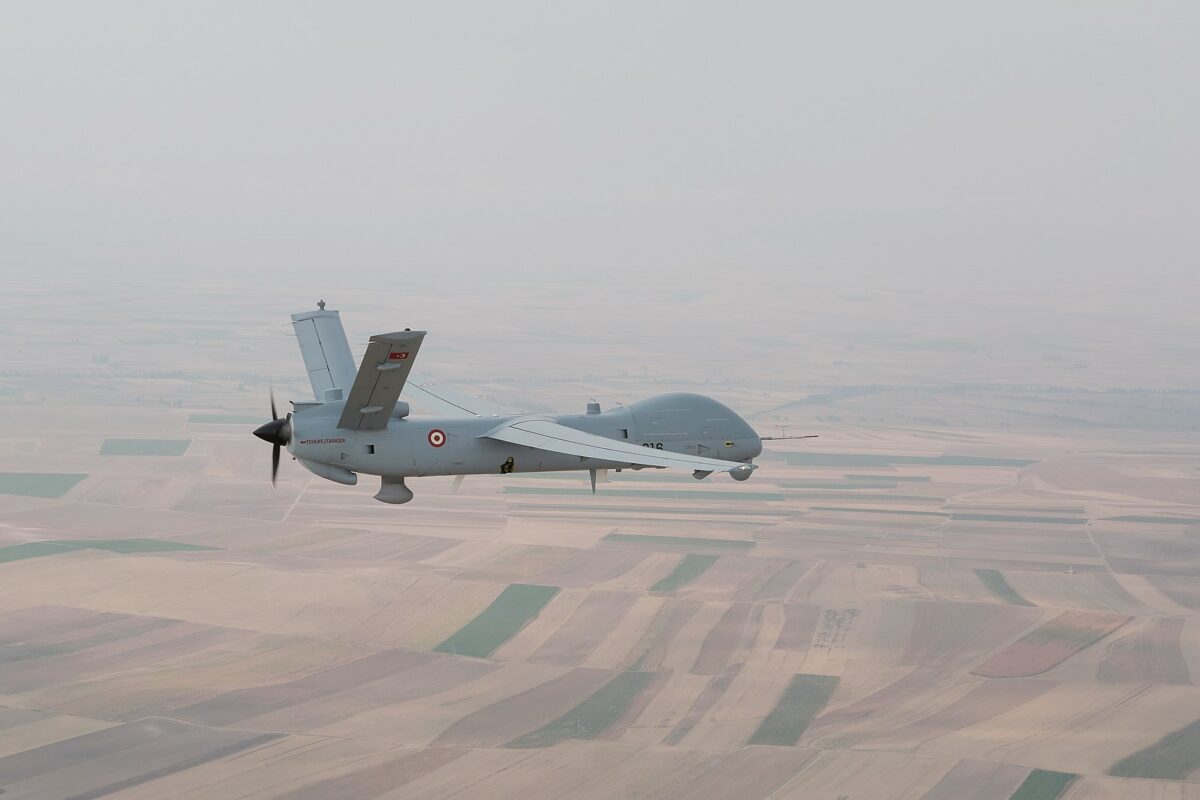
| Role | Medium Altitude Long Endurance (MALE) UAV for ISR & Strike |
| Payload | 359 kg (SAR/EO/IR reconnaissance systems, SIGINT/COMINT electronic warfare payloads) |
| Combat use | Proven in Turkey, Libya |
| Cost | $10 – $20 million per unit |
Another Turkish drone, the TAI Anka is not used as extensively as the TB2, but it is a step up in terms of capabilities. Blending long endurance with a heavier payload, the Anka was originally conceived as a long-range aerial surveillance and reconnaissance drone, but has evolved into a weaponized platform.
First flying in 2010, the Anka entered service with the Turkish Air Force in 2016 as the Anka-A. The Anka-B first flew in 2015, capable of autoland and with a payload much greater than the Anka-A to pave the way for weaponization of the drone. Finally, the Anka-S is the serial production configuration of Anka, equipped with a SATCOM antenna and various options for munitions.
The standout characteristics of the TAI Anka that make it one of the best military drones today include:
- Long endurance: With 30+ hours of flight time, the Anka can carry out extended missions and fly further than the TB2
- Heavy payload: While it doesn’t come close to the payload of the MQ-9, the Anka offers a payload upgrade compared to the TB2
- Advanced autonomy: The Anka can perform complex missions with minimal human input, and the Anka-S variant can be controlled by satellite
- Multi-role performance: The Anka has been proven in multiple roles, including ISR, precision strikes, electronic warfare, and maritime surveillance
Several nations already operate the Anka drone, including Chad, Kazakhstan, Tunisia and, of course, Turkey. The type is on order with Indonesia, Uzbekistan, Pakistan and Algeria.
While the Anka is still working to gain traction in global defense forces, Turkey is already planning its successor. The Anka-3 will be a supersonic, twin jet engine stealth drone, and is projected to enter service in 2026.

4. CAIG Wing Loong II
Why it’s one of the best military drones: A powerful MQ-9 alternative for international buyers
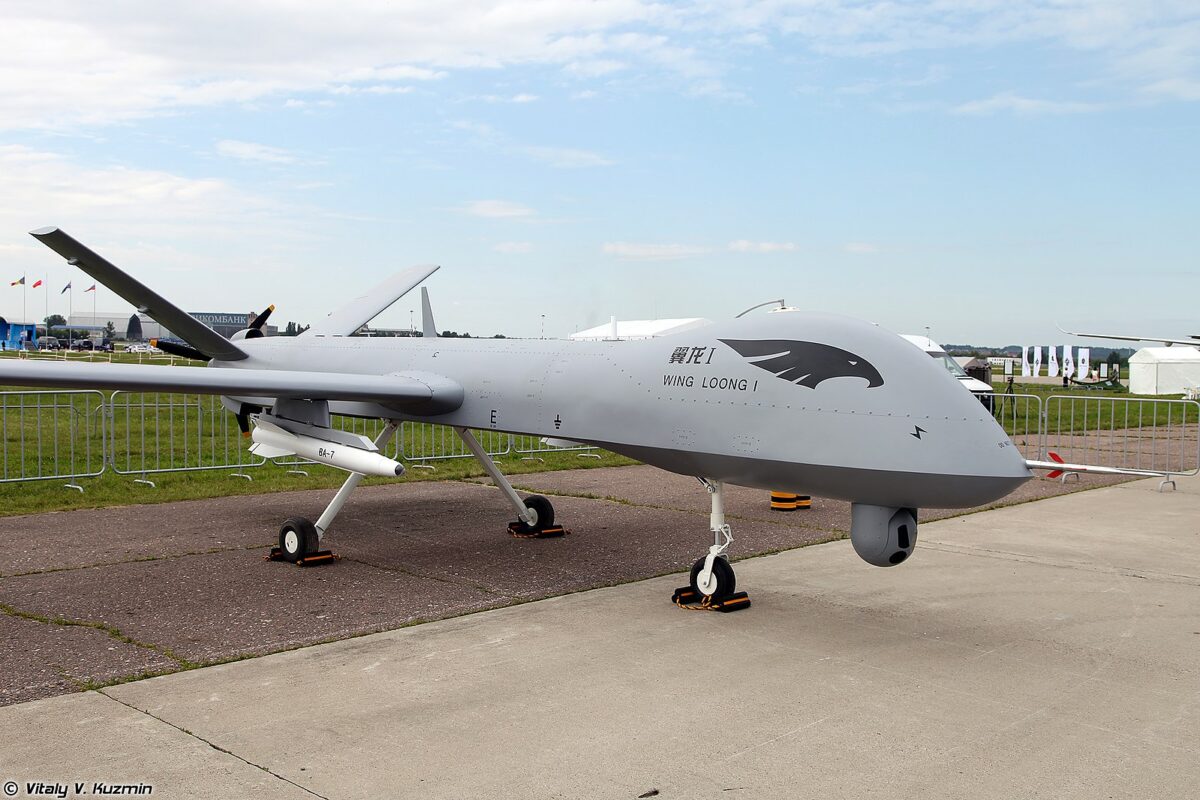
| Role | Strike & surveillance |
| Payload | 480 kg (HJ-10 anti-tank missiles, precision bombs) |
| Combat use | Used by multiple nations, including UAE and Saudi Arabia, in Yemen and Libya |
| Cost | $1 – $5 million per unit |
Developed by China’s Chengdu Aircraft Industry Group (CAIG), the Wing Loong II is a medium altitude, long-endurance (MALE) unmanned aerial vehicle designed for a multitude of missions. From intelligence to strike missions, this Chinese MQ-9 alternative is a cost-effective drone that has gained widespread attention throughout the Middle East, Africa and Asia.
First unveiled in 2015, the Wing Loong II took its first flight in 207 and entered service that same year. It’s heavily inspired by the MQ-9 Reaper in terms of its design and capabilities, but China has managed to produce the Wing Loong II at much lower costs.
Some of its key attributes that make it one of the best military drones in 2025 include:
- Cost-effective: The Wing Loong II has comparable capabilities to the MQ-9, but at a fraction of the cost
- Extensive payload: It carries around twice the munitions of the TB2 and Anka, including up to 12 air-to-ground missiles
- Long endurance: This drone can fly for up to 32 hours, although only 20 at its maximum 200 kn speed
- Export potential: The Wing Loong II is one of China’s most exported combat drones. Its easy integration with Chinese weapon systems gives it an advantage for Chinese allies
The Wing Loong II is used by the People’s Liberation Army Air Force (PLAAF), but has also gained traction among international customers, particularly those unable to buy Western UAVs due to political restrictions. It is used by Saudi Arabia, Egypt, the UAE, Pakistan and many other nations.
5. Kronshtadt Orion
Why it’s one of the best military drones: The first truly operational Russian combat drone

| Role | MALE UCAV for ISR & Strike |
| Payload | 250 kg (Guided bombs KAB-20, KAB-50, Vikhr-1 air-to-ground missiles) |
| Combat use | Used by Russia in Syria and Ukraine |
| Cost | $5 – $10 million per unit |
The Kronshtadt Orion is the very first MALE drone to be indigenously produced by Russia. Developed by the Kronstadt Group since 2011, it took its first flight in 2016 and entered service with the Russian MoD in 2020. Also known as Inokhodets, meaning ‘ambler,’ this eight-meter-long (26 ft) drone can carry four guided bombs or four missiles with a payload of 250 kg.
Although it hasn’t seen the success of some of the other platforms on our list, the Orion has some key attributes that make it one of the best military drones in operation in 2025.
- Long endurance: The Orion can fly for up to 24 hours, making it capable of very long-range missions
- Multi-role capability: This drone can perform reconnaissance and intelligence missions, as well as precision airstrikes and electronic warfare operations
- The first Russian MALE: As the first true MALE UCAV from Russia, the Orion is groundbreaking and bridges the gap between small tactical drones and large strategic UAVs.
- Russian munitions compatible: Orion uses Russian-built guided missiles and bombs, allowing operators to avoid reliance on Western-produced weapons systems
While the Orion’s payload is less than the Wing Loong II, it is comparable to the TB2 and Anka. Its loadout can be a combination of KAB-20/50 guided bombs, FAB-50 dumb bombs, X-50 guided missiles, Kornet-D anti-tank missiles (Russia’s equivalent of the Hellfire missile) and electronic warfare pods.
At present, Orion is operated only by Russia, but Kronshtadt is actively seeking international customers for the platform. The Orion-E export version has already been promoted to customers in Africa, Asia and the Middle East as an alternative to Chinese or Turkish drones.

